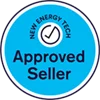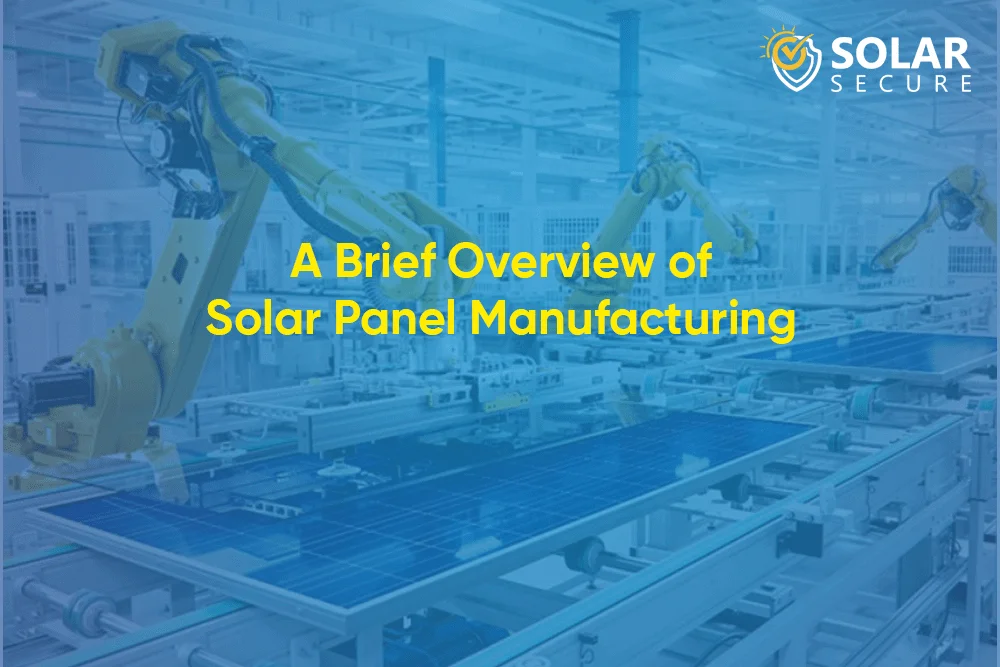Solar panels are devices that convert sunlight into electricity. They are made up of photovoltaic (PV) cells, which are individual units that generate electricity when exposed to light. When these cells are combined and connected to form a panel, they can generate enough electricity to power homes, businesses, and even entire communities.
To maximize the amount of electricity generated by a solar panel, the cells are often arranged in a series of interconnected strings. The electrical current generated by each cell is combined and sent to an inverter, which converts the DC electricity generated by the cells into AC electricity that can be used in homes and businesses.
One of the key benefits of solar panels is that they are completely clean and renewable. They don’t produce any emissions or waste, and they can generate electricity even on cloudy days. Additionally, they require very little maintenance and can last for decades, making them a cost-effective way to generate electricity over the long term.
If you’re considering installing solar panels on your home or business, it’s important to choose a reputable provider who can help you select the right size and type of panel for your needs. The upfront cost of solar panels can be substantial, but with government incentives and rebates, the overall cost can be significantly reduced. And with the savings on your electricity bills, a solar panel system can pay for itself in just a few years.
solar panels are an effective and sustainable way to generate electricity. By harnessing the power of the sun, they provide a clean and renewable source of energy that can help reduce our dependence on fossil fuels and protect the environment for future generations.
What Are Solar Panels Made Of?
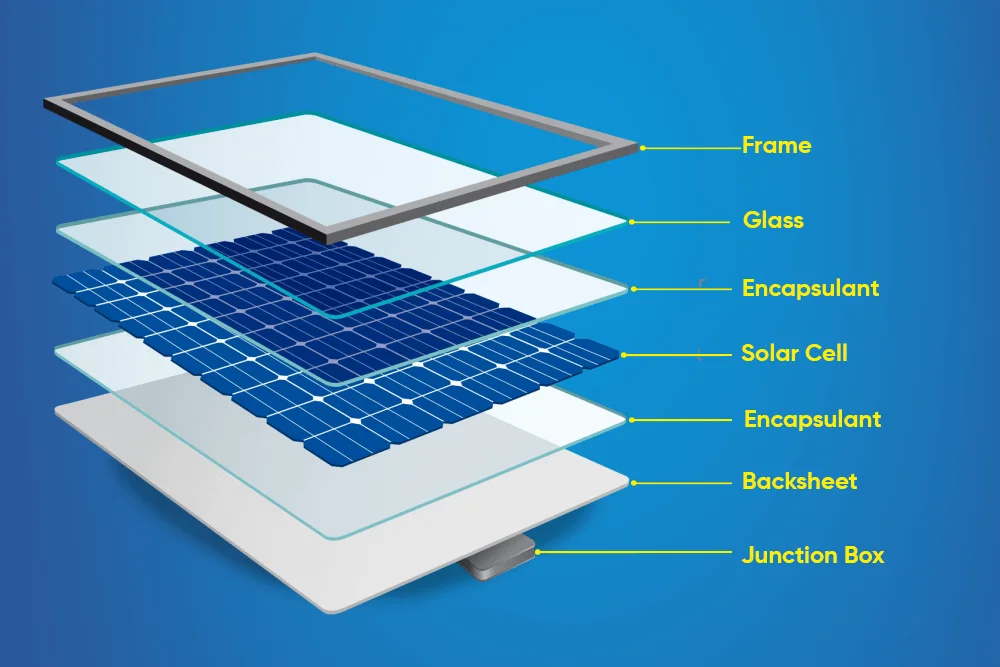
Solar panels, also known as photovoltaic (PV) panels, are devices that convert sunlight into electricity. They are made of a combination of materials, including semiconducting materials, electrical conductors, and protective materials. Here is a breakdown of the components that make up a solar panel:
Silicon Cells:
Silicon is the most commonly used material in the manufacturing of solar panels. It is a semiconductor that absorbs sunlight and releases electrons, which are then captured by electrical conductors to produce electricity.Electrical Conductors:
Copper and aluminum are the two most commonly used electrical conductors in solar panels. They transport the electrons released by the silicon cells to the rest of the electrical system.Encapsulant:
A protective layer, often made of ethylene-vinyl acetate (EVA) or polyvinyl fluoride (PVF), surrounds the silicon cells and electrical conductors to prevent damage from moisture and other environmental factors.Glass Cover:
A tempered glass cover is placed over the encapsulant to protect the cells from physical damage and to increase their lifespan.Back Sheet:
A back sheet, typically made of a material like Tedlar, is placed behind the cells to provide additional protection from moisture and physical damage.Aluminum Frame:
An aluminum frame holds the solar panel together and provides a way to mount it to a roof or other structure.
Solar panels are typically made of environmentally friendly materials and are recyclable at the end of their useful life. The combination of these materials makes up a solar panel that is durable, efficient, and capable of producing clean, renewable energy for decades.
In conclusion, solar panels are made of a combination of silicon cells, electrical conductors, encapsulant, glass cover, back sheet, and aluminum frame. These materials work together to convert sunlight into electricity, making solar panels a clean and sustainable source of energy for homes and businesses.
Where are solar panels Manufactured?
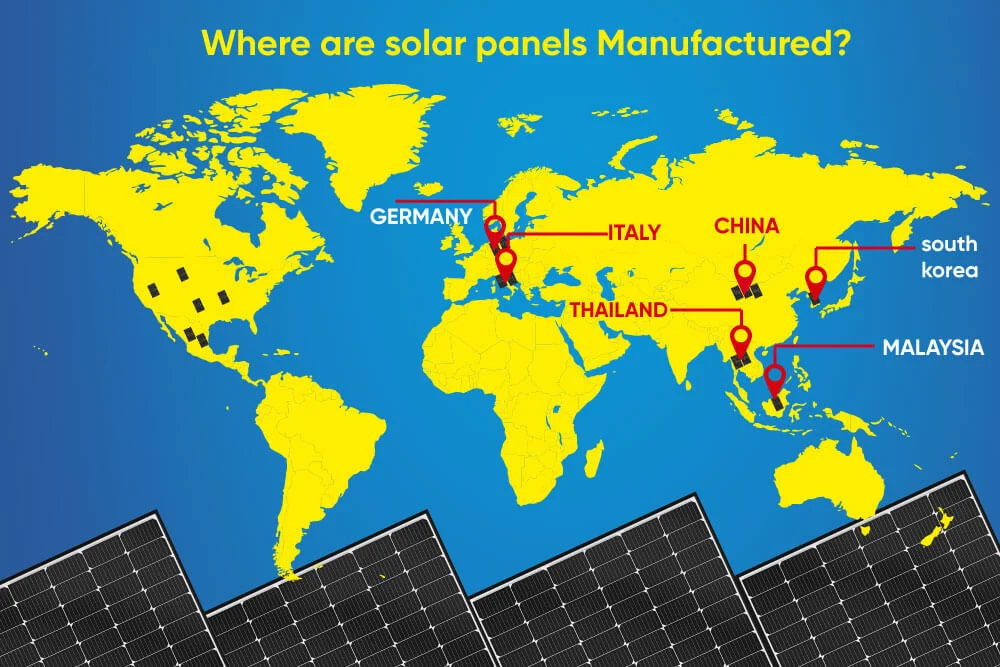
Solar panels are an essential component of a solar energy system, converting sunlight into usable electricity for homes and businesses. The production of solar panels has increased significantly over the past decade, leading to a global market for these devices. In this blog, we will explore the countries where solar panels are manufactured and the factors that influence their production.
China is the largest producer of solar panels, accounting for more than half of the world's total production. The country has a large and well-established manufacturing industry, and it benefits from favorable government policies and low labor costs. Chinese manufacturers also benefit from access to a large domestic market, as well as the ability to export their products globally.
Malaysia and South Korea are also major players in the solar panel industry. Both countries have well-developed manufacturing industries and a strong focus on technology, making them ideal for producing high-quality solar panels.
Taiwan and Thailand are also important solar panel manufacturers, with a focus on producing panels for the Asian market.
In Europe, Germany and Italy are significant players in the solar panel industry. Both countries have a long history of technological innovation and a well-established manufacturing sector, making them ideal for producing high-quality solar panels.
In the United States, the solar panel industry is growing, with manufacturers focused on producing panels for the domestic market. The U.S. government has provided incentives for the production of solar panels, helping to drive growth in the industry.
The production of solar panels is a global phenomenon, with manufacturers located in a range of countries. The factors that influence production include access to a large domestic market, low labor costs, favorable government policies, and a well-established manufacturing industry. At Solar Secure, we are proud to offer our customers a range of high-quality solar panels manufactured by leading companies from around the world.
How Are Solar Panels Manufactured?
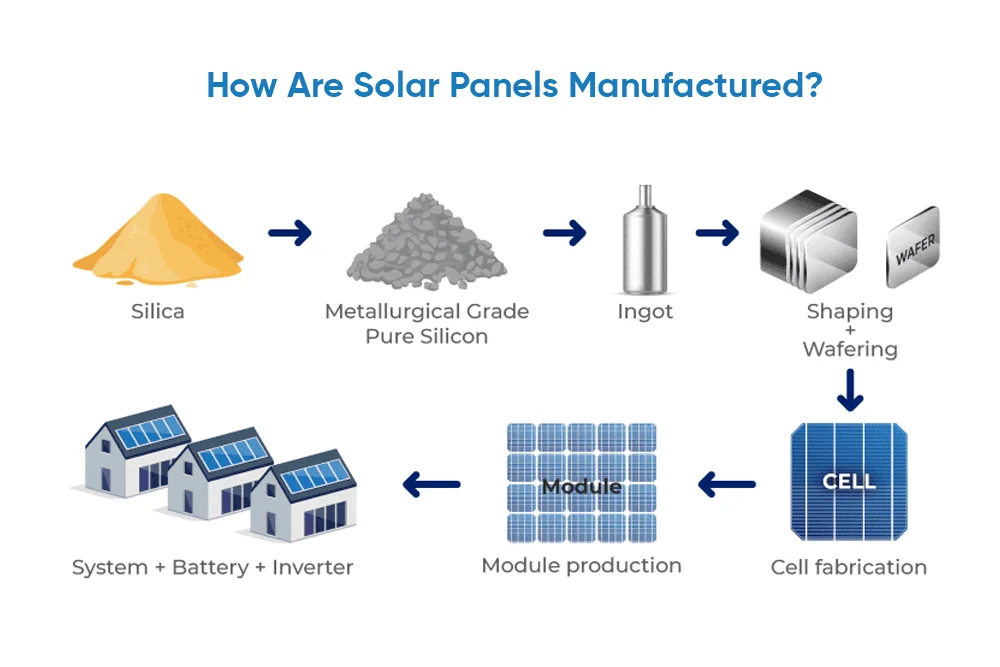
Solar panels are an important part of the renewable energy revolution, helping homes and businesses reduce their carbon footprint and save money on energy bills. But have you ever wondered how these panels are manufactured?
The process of making a solar panel involves several steps, starting with the production of the silicon cells that form the heart of the panel. The cells are made from silicon wafers, which are produced by refining and purifying silicon dioxide from quartz sand. This process involves melting the silicon dioxide and then cooling it slowly to form large, single crystal ingots. These ingots are then sliced into wafers, which are the base material for the solar cells.
Once the silicon cells are manufactured, they are assembled into panels. This involves attaching a metal frame to the cells, which provides structural support and allows for easy mounting. A layer of tempered glass is then added to protect the cells from environmental damage, such as hail or wind-borne debris. The final step is to add electrical connections between the cells, which allows the panels to generate electricity when exposed to light.
Quality control is a critical aspect of the manufacturing process, as it is important to ensure that each panel meets the required specifications. This involves testing each panel to ensure that it is generating the correct amount of power and that it meets safety and performance standards.
In conclusion, the manufacturing of solar panels is a complex process that involves a number of different steps, including the production of the silicon cells, assembly of the panel components, and quality control. By understanding this process, we can appreciate the value of solar panels and the important role they play in our efforts to create a more sustainable and energy-efficient future.
At Solar Secure, we are committed to providing our customers with high-quality solar panels that meet their energy needs. Whether you are looking to reduce your carbon footprint, save money on your energy bills, or simply generate clean, renewable energy, our team is here to help. Contact us today to learn more about our products and services!
How To Recognize a Quality Solar?
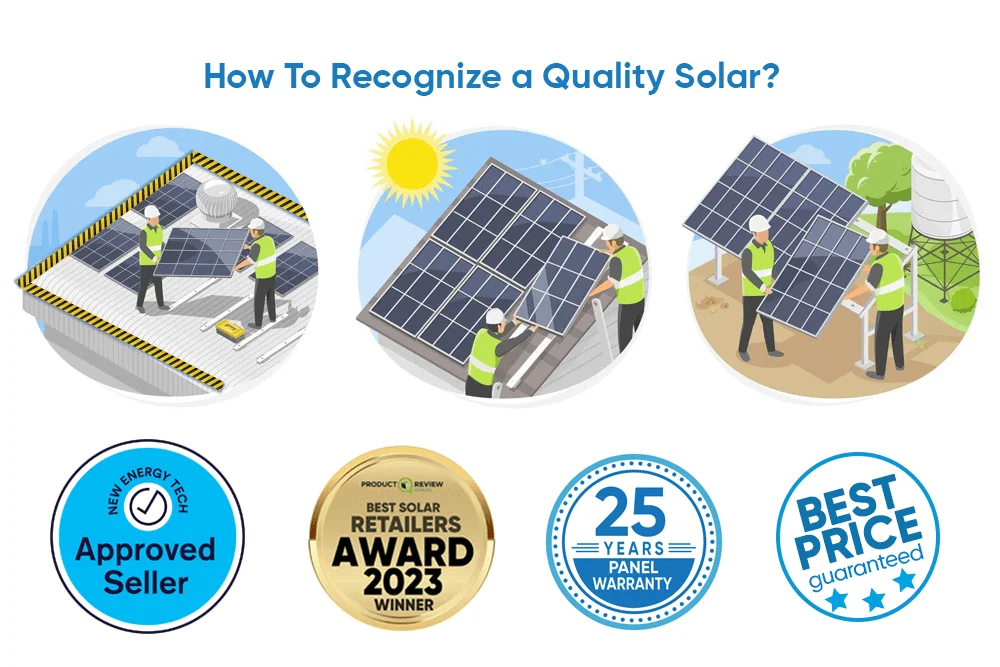
As the demand for solar panels continues to grow in Australia, it's important to know how to recognize a quality solar panel. Whether you're installing solar panels for the first time or replacing an old system, you want to ensure you're getting the best value for your money. In this blog, we'll cover the key factors to consider when choosing a quality solar panel.
Efficiency:
Solar panel efficiency refers to how well the panel converts sunlight into energy. High-efficiency panels generate more energy in a smaller area, making them an attractive choice for homeowners with limited roof space. Look for panels with an efficiency rating of at least 16-18%.Warranty:
A good warranty is a sign of a quality solar panel. Most manufacturers offer warranties of 25 years for the panel itself and 10 years for the inverter. Check the details of the warranty to ensure that it covers both parts and labour and that there is no limit on the number of claims you can make.Brand Reputation:
Choosing a well-known, established brand can help ensure you are getting a quality solar panel. Do research and read customer reviews to get a sense of a brand's reliability and customer service.Materials:
Quality solar panels are made with high-quality materials, including tempered glass, aluminum frames, and electrical components. Check to make sure the panels you're interested in are built to last and can withstand extreme weather conditions.Certification:
Look for panels that have been certified by a reputable organization, such as the Clean Energy Council in Australia. This certification verifies that the panel meets safety and performance standards.Price:
It's important to remember that the cheapest option may not always be the best. Be wary of deals that seem too good to be true, as they may indicate lower quality materials or inferior manufacturing processes.
By considering these factors, you can make an informed decision and choose a quality solar panel that will provide reliable, efficient energy for years to come. If you have any questions or need advice on selecting the right solar panel for your home, don't hesitate to reach out to a trusted Australian solar panel retailer.
What is Top-Grade Solar Panel Production is and its Benefits for You?
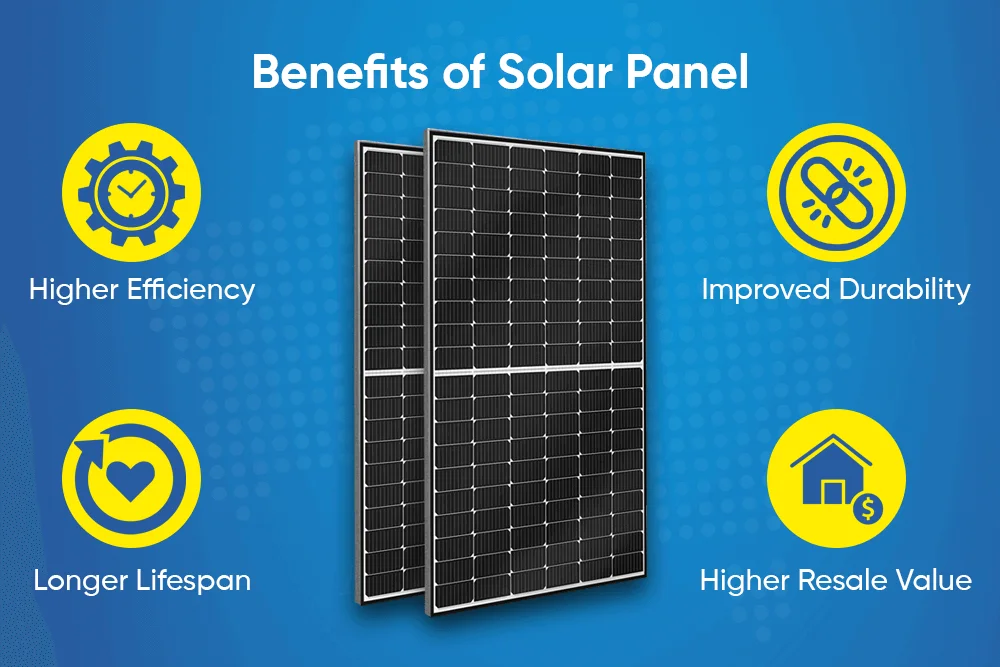
In recent years, there has been a significant increase in demand for solar panels, and it's no wonder why. With the growing awareness of the environment and the desire to reduce energy bills, more and more homeowners are opting for solar panel installations. In this blog, we will be discussing the significance of top-grade solar panel production and how it benefits you, the customer.
What are Top-Grade Solar Panels?
Top-grade solar panels are premium-quality photovoltaic (PV) panels that are designed and manufactured to meet the highest standards of performance and efficiency. These panels are made with top-quality materials and undergo rigorous testing to ensure they are durable, reliable, and produce the most energy possible.
Why is Top-Grade Solar Panel Production Important?
There are several benefits to choosing top-grade solar panels, including:
Higher Efficiency:
Top-grade solar panels are designed to produce more energy per square foot than standard panels, which means you can generate more electricity from the same amount of roof space.Longer Lifespan:
With a longer lifespan, top-grade solar panels will provide you with years of reliable and efficient performance, making them a smart investment for your home.Improved Durability:
These panels are made with high-quality materials that can withstand harsh weather conditions, reducing the risk of damage and ensuring your panels will continue to perform at their best for years to come.Higher Resale Value:
Installing top-grade solar panels on your home can increase its resale value, making it a smart investment for the future.
What Does Top-Grade Solar Panel Production Mean for You?
In summary, choosing top-grade solar panels means you are investing in a product that will provide you with years of reliable, efficient, and sustainable energy generation. Whether you're looking to reduce your carbon footprint or simply lower your monthly energy bills, top-grade solar panels are a smart choice for homeowners.
At Solar Secure, we are proud to offer a range of top-grade solar panels from leading manufacturers, so you can be confident in your investment. With our expert team of technicians and customer service representatives, we are committed to providing you with the best possible experience from start to finish. Contact us today to learn more about how we can help you make the switch to solar energy.
In conclusion, solar panels are devices that convert sunlight into electricity and play a critical role in providing clean and sustainable energy. They are made of a combination of silicon cells, electrical conductors, encapsulant, glass cover, back sheet, and aluminum frame. The production of solar panels has increased globally with China being the largest producer, accounting for more than half of the world's total production. Other significant producers include Malaysia, South Korea, Taiwan, Thailand, Germany, Italy, and the United States. The factors that influence solar panel production include a well-established manufacturing industry, favorable government policies, low labor costs, and technological innovation.

